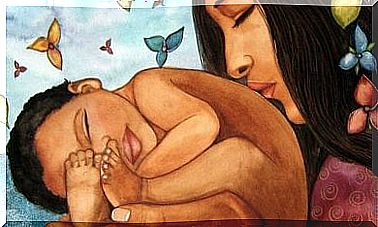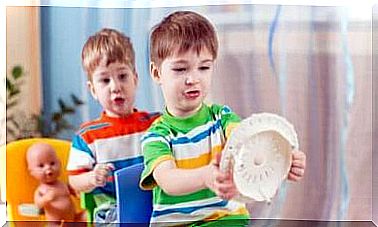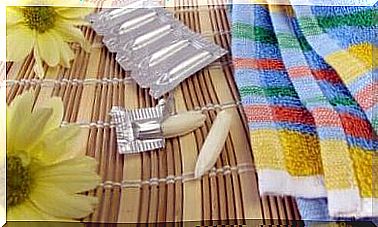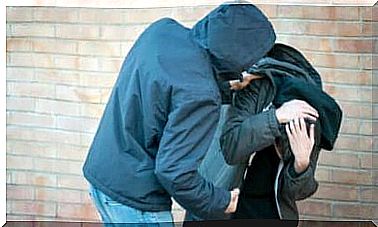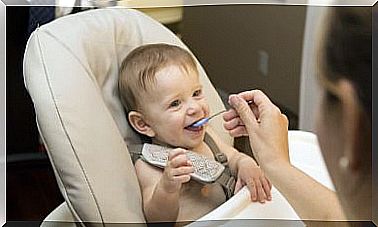Anaphylaxis In Children: Causes, Treatment And Prevention
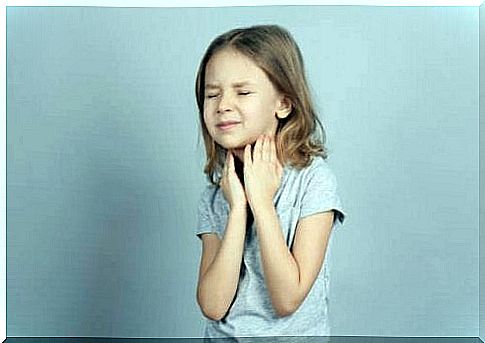
Anaphylaxis is an allergic reaction that affects multiple organs. The causes vary by age. It can be difficult to recognize anaphylaxis in children because the symptoms may not be obvious.
In addition, they are sometimes confused with symptoms of other conditions. Because it is a serious condition, it is very important that you recognize them quickly.
What is Anaphylaxis?
It is a very dangerous allergy all over the body and it affects more than two systems at once. The term was coined by Nobel laureate of medicine Charles R. Richet. It is also known as:
- anaphylactic shock
- allergic reaction
- anaphylaxis
- anaphylactic reaction
After exposure to certain substances, the immune system of children becomes sensitive to them. The next time they come into contact with that substance, they could have an anaphylactic reaction.
How to determine if your child has anaphylaxis
Typically, the following symptoms can occur suddenly:
- Hives that are very itchy
- Severe breathing problems
- Stuffy nose or cough
- tight throat
- Swollen lips and tongue
- Gastrointestinal disorders such as abdominal pain, cramps, diarrhoea, nausea or vomiting
- Temporary loss of consciousness
- Low bloodpressure
- Hoarseness or difficulty speaking
- Increased heartrate
Potential Triggers of Anaphylaxis in Children
The main triggers of this condition are:
Medicines
Among the drugs that can cause anaphylaxis are non-steroidal anti-inflammatory drugs and antibiotics. For example, a common one is amoxicillin. Vaccinations and specific immunotherapies rarely cause severe reactions.

Food
These will vary by country and the eating habits there, the degree of exposure and how the food is prepared. However, foods that commonly cause anaphylaxis in children include eggs, fish, milk, grains, legumes, and nuts.
Other triggers
Among the situations that cause it are a mix of genetics and the environment, as well as bites from hymenoptera such as wasps, red ants or bees.
On the other hand, children can suffer from anaphylaxis from exposure to cold, moist or warm environments. In addition, specific situations such as menstruation and dental work can also cause it.
Idiopathic Anaphylaxis
This type of reaction is a reaction where it is not possible to find out what caused it. This is even after full allergy testing. Cases where there is no known cause can affect both children and infants.
4 Ways to Prevent Anaphylaxis in Children
You can prevent anaphylaxis in children if you keep these points in mind:
- Avoid triggers that caused it before. Read food and drug labels carefully. When dining out, make sure the restaurant only uses ingredients that your child can eat.
- As your doctor says, you should always have emergency medicine with you. It is also helpful to have a bee sting tool with you.
- Include your child’s allergies on their ID or medical identification card.
Immediate treatment
Anaphylaxis can get worse quickly, so it requires immediate treatment. If your child suffers from this type of allergy, always carry an EpiPen, also known as adrenaline.
Doctors prescribe a self-injectable, which looks like a large pen. This way it is easy to apply and does not scare your child.
Adrenaline directly into the muscles is the best way to treat anaphylaxis. This is because it prevents circulatory collapse and bronchospasm.
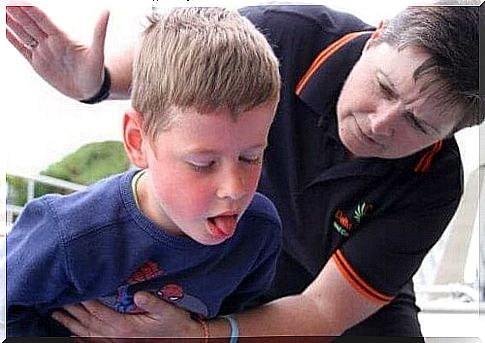
Your doctor may suggest that you give your child antihistamines instead of adrenaline. However, these may interact with other medications.
After giving your child the EpiPen for a reaction, call 911 even if he has already calmed down. Sometimes anaphylaxis has a second flurry of symptoms or a biphasic reaction.
At the hospital, they will observe your child for about 4 hours or until he is definitely out of danger. If necessary, they will give your child additional treatment.
Anaphylaxis in children without proper treatment is potentially fatal. That is why you must act immediately. However, don’t obsess over it. But learn what to do in case your child needs help and get on with your life in the meantime.
